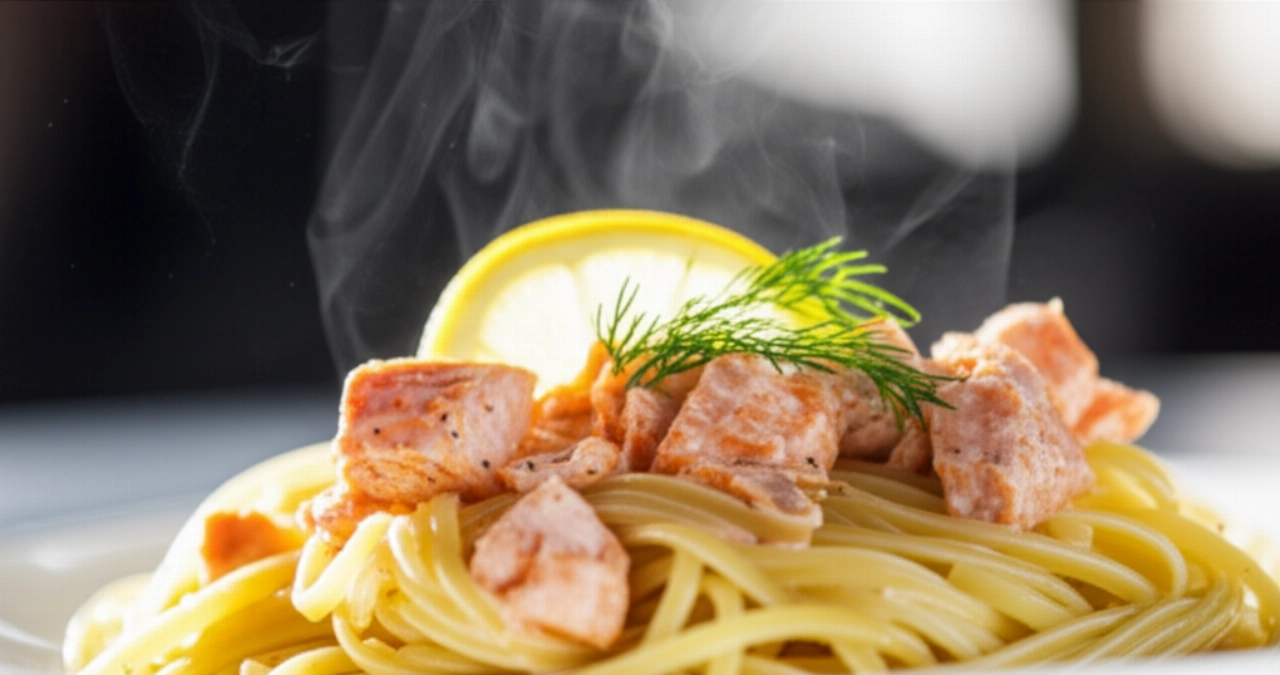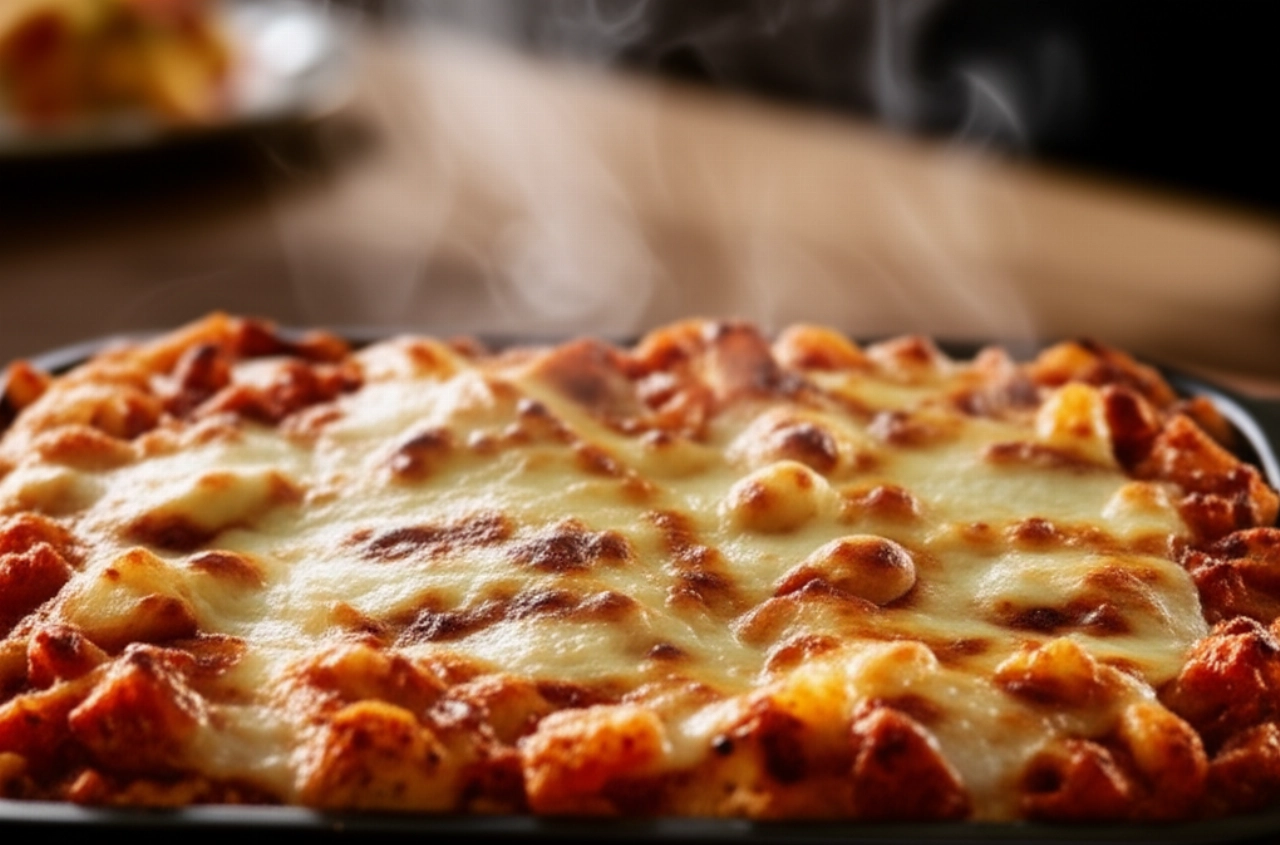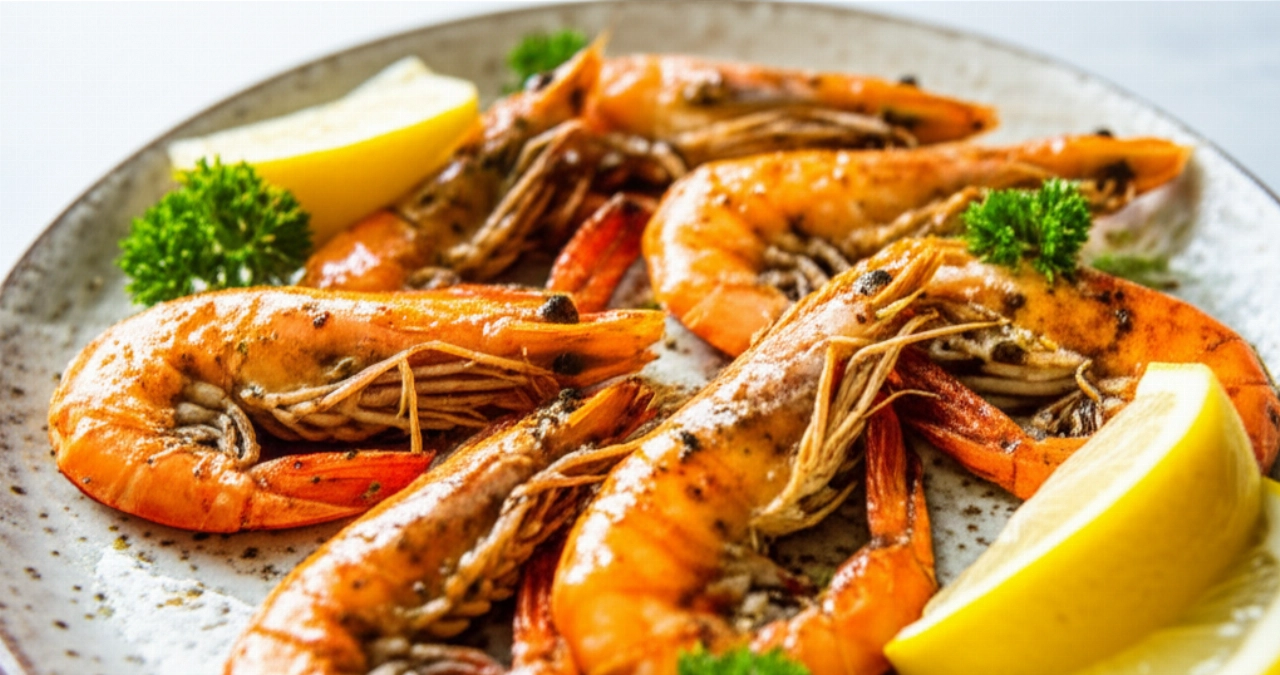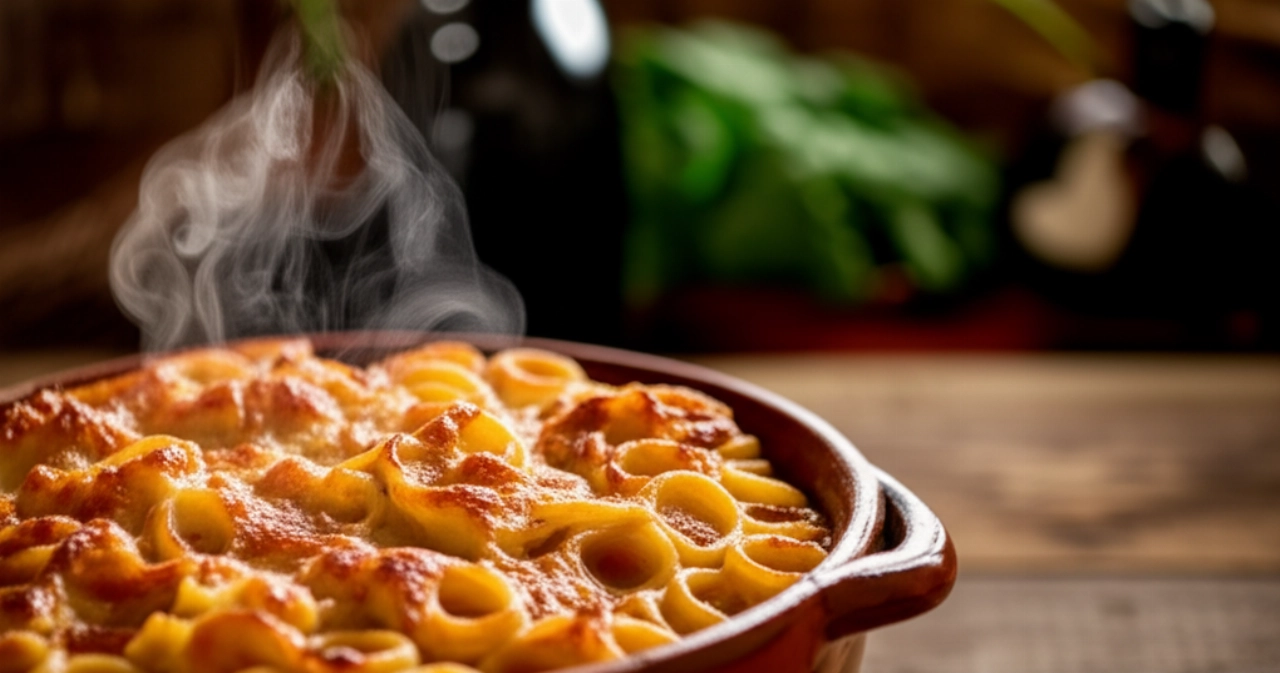Dreaming of serving baked salmon that's a true triumph of flavor and tenderness, with that golden crust that makes your mouth water? Too often, however, baked salmon turns dry, stringy, or loses all its delicate flavor. The fear of ruining it stops you from preparing it, doesn't it? The truth is, salmon is a wonderful fish, rich in Omega-3s and with an unmistakable flavor, but it requires a few small tricks to express its full potential.
Get comfortable, because today I'm going to reveal all the secrets to preparing impeccable baked salmon, juicy inside and crispy outside, that will leave everyone speechless. Success is guaranteed here, grandma's word! I won't just give you a list of ingredients, but a real step-by-step guide that will accompany you, anticipating your every doubt and transforming the fear of making mistakes into pure joy of cooking.
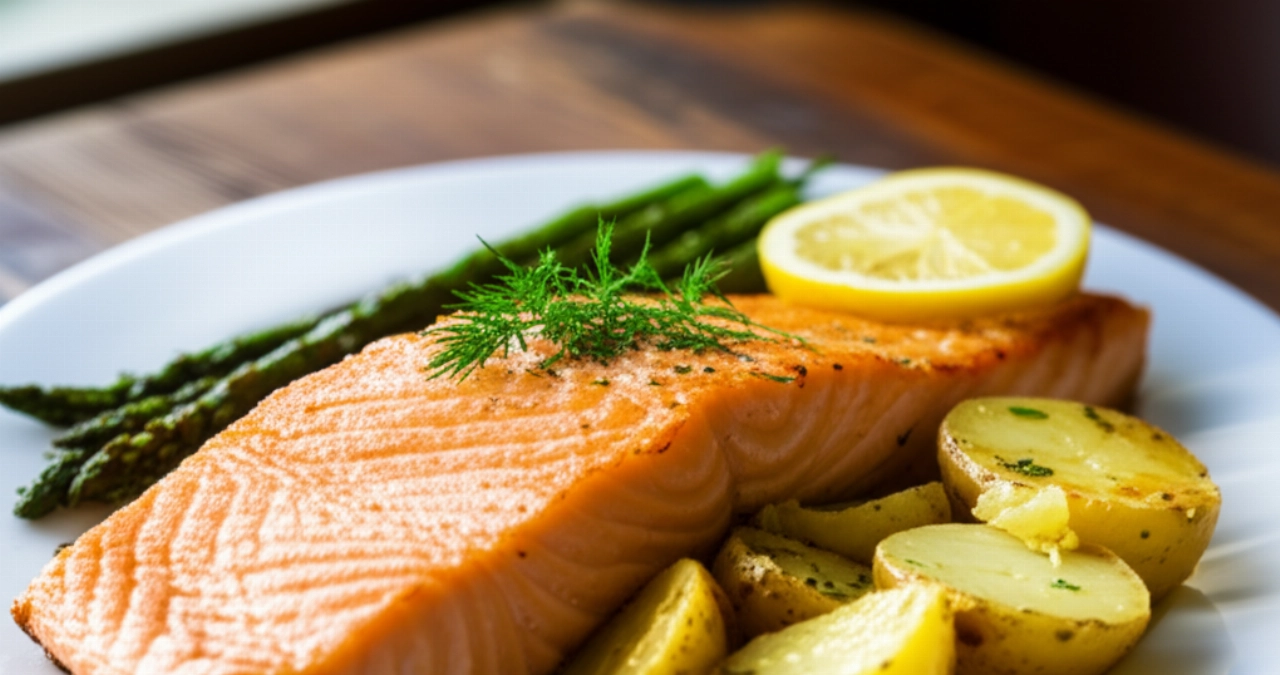
The Secret to Perfect Baked Salmon: Juiciness and Golden Crust
The true secret to applause-worthy baked salmon isn't just the quality of the fish, but the ability to cook it to perfection, keeping it incredibly juicy inside and creating that delicious outer crust. Forget dry and tasteless salmon: with my tips, every bite will be a feast for the palate, a perfect balance between tenderness and a slight crispness that will make it irresistible. I'll guide you to achieve exactly this result, without stress and without errors.
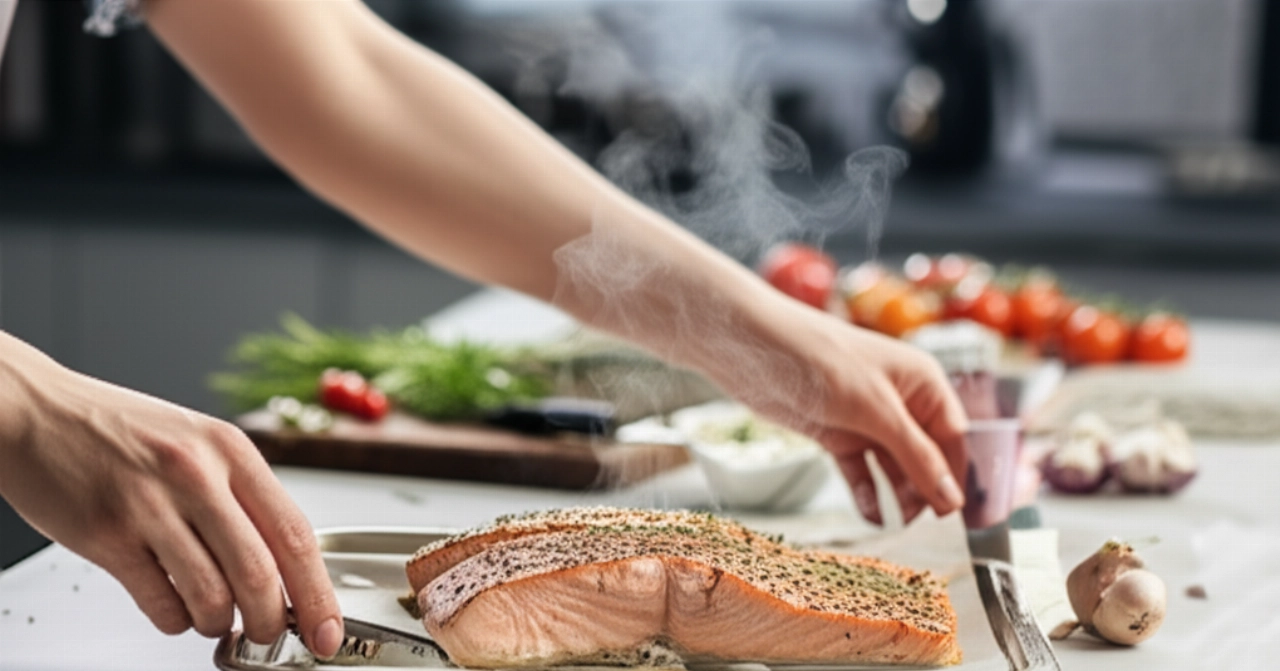
Smart Ingredients for Chef-Level Salmon
Choosing ingredients is the first step towards success. It's not just about quantity, but about quality and understanding the role of each.
- Fresh Salmon Fillets: Choose fillets with skin, if possible. The skin not only helps keep the salmon juicy during cooking but will also become deliciously crispy. Opt for sustainably farmed or, even better, wild salmon for a more intense flavor and better texture.
- Extra Virgin Olive Oil: A good, delicate, and fruity EVOO is essential. It not only carries flavors but also helps create that golden crust and prevents the fish from sticking.
- Organic Lemon: We'll use both the juice and the zest. Lemon cleanses the palate, enhances the salmon's flavor, and adds an unmistakable note of freshness. Organic is a must for the zest.
- Fresh Aromatic Herbs: Rosemary, thyme, and dill are your best friends. Rosemary and thyme provide a robust, Mediterranean aroma, while dill pairs divinely with salmon, enhancing its delicacy. A mix is ideal.
- Coarse Salt and Freshly Ground Black Pepper: Coarse salt helps create a crust and season deeply. Freshly ground black pepper has a much more intense aroma.
- Garlic (optional): A crushed or finely chopped clove can add an aromatic note without overpowering the fish's flavor.
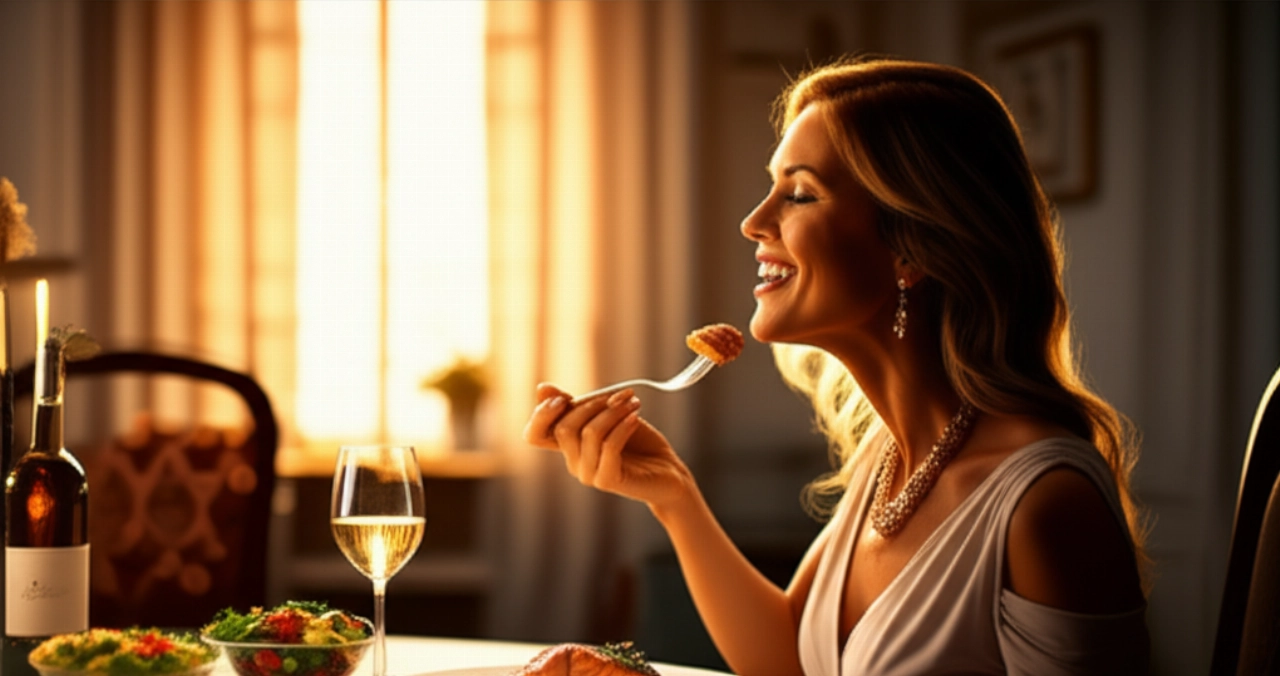
3 Common Mistakes to Avoid for Impeccable Salmon
Here are the most common pitfalls that can turn your dream salmon into a culinary nightmare. But fear not, I'll show you how to avoid them!
- Overcooking: This is the number one mistake! Salmon is a delicate fish and tends to dry out very quickly if cooked too long or at too high temperatures. The result? A stringy, floury, and tasteless fish. The secret is a short cooking time at a controlled temperature, allowing the heat to penetrate gently.
- Lack of Seasoning or Marination: Bland salmon is a real disappointment. A pinch of salt isn't enough. Salmon needs to be massaged with oil, herbs, and salt, and allowed to rest for a few minutes to absorb all the flavors. This not only enhances its taste but also helps maintain moisture during cooking.
- Not Using Parchment Paper or Underestimating the Baking Sheet: Cooking salmon directly on an unlined baking sheet can cause it to stick and burn, compromising the crust and juiciness. Parchment paper is an essential protective barrier that ensures even cooking and facilitates cleanup. Make sure the baking sheet is the right size to avoid overcrowding the fillets.
Grandma's Touch: An Anecdote for a Unique Flavor
My grandmother, with her kitchen wisdom, always said that salmon is like a child: it should be treated with delicacy and love, without rushing. Her trick, known to few and passed down to me, was simple yet brilliant: before baking, she would always add a thin slice of lemon and a sprig of fresh dill directly on top of each fillet. Not just for the aroma, but because the lemon, cooking slowly, released an aromatic moisture that infused the salmon with extra delicacy and juiciness, while the dill enhanced its flavor without overpowering it. A true embrace of flavors!
Let's Prepare Baked Salmon Together: The Step-by-Step Guide
Ingredients (for 2 servings):
- 2 fresh salmon fillets (about 180-200g each), with skin
- 2 tablespoons extra virgin olive oil
- 1 organic lemon
- 1 sprig fresh rosemary
- 1 sprig fresh thyme
- A few sprigs fresh dill
- Coarse salt to taste
- Freshly ground black pepper to taste
- 1 clove garlic (optional)
Tools:
- Baking sheet
- Parchment paper
- Small bowl
- Lemon zester
Instructions:
- Prepare the Salmon: First, gently rinse the salmon fillets under cold running water and pat them very dry with paper towels. This step is crucial for achieving a golden crust and preventing the fish from boiling. If there are any bones, remove them with tweezers.
- Prepare the Aromatic Marinade: In a small bowl, pour the extra virgin olive oil. Add the finely chopped rosemary and thyme leaves, the grated zest of half a lemon, coarse salt, and freshly ground black pepper. If desired, crush the garlic clove and add it whole or chopped. Mix well to combine all the aromas.
- Season the Salmon: Place the salmon fillets on a plate. With your hands, gently massage the marinade onto both sides of the fillets, ensuring it's well distributed, especially on the flesh side. Leave the skin side down.
- Let Rest (Grandma's Touch): Cover the fillets with plastic wrap and let them rest at room temperature for at least 10-15 minutes. This allows the flavors to penetrate and the fish to reach a more uniform temperature before cooking, avoiding thermal shock.
- Prepare the Oven and Baking Sheet: Meanwhile, preheat the oven to 180°C (350°F) in static mode (or 170°C/340°F convection). Line a baking sheet with parchment paper.
- Arrange the Salmon: Place the salmon fillets on the lined baking sheet, skin side down. Squeeze the juice from the remaining half lemon over the fillets and arrange a few sprigs of fresh dill on top of each fillet. If you used whole garlic, place it next to the fillets.
- Bake and Cook: Bake the salmon in the preheated oven. Cooking time varies depending on the thickness of the fillets, but generally 12-15 minutes are sufficient. For thicker fillets (over 2.5 cm / 1 inch), it might take up to 18-20 minutes. The salmon will be cooked when the flesh appears opaque and flakes easily with a fork, but is still slightly pink in the center. Do not overcook!
- Final Rest: Once cooked, remove the salmon from the oven and let it rest on the baking sheet for 2-3 minutes before serving. This allows the juices to redistribute within the fillet, making it even juicier.
- Serve: Serve the salmon hot, perhaps with another squeeze of fresh lemon juice and a grind of pepper. It's perfect accompanied by crispy baked potatoes, steamed asparagus, or creamy mashed potatoes.
Tips and Frequently Asked Questions about Baked Salmon
Here are some of the most common questions I get asked about baked salmon. I hope they help you!
Can I use frozen salmon?
Certainly, you can use frozen salmon, but make sure to thaw it completely in the refrigerator before proceeding with the recipe. Pat it very dry with paper towels before seasoning to remove excess water that could make it less crispy.
How do I know when the salmon is cooked just right?
Salmon is cooked when the flesh, in the center of the fillet, turns from translucent to opaque and flakes easily with a fork. If you have a kitchen thermometer, the ideal internal temperature is between 55°C and 60°C (130°F and 140°F). Remember that it will continue to cook slightly even after being removed from the oven.
What side dishes pair best with baked salmon?
Baked salmon is very versatile! It pairs wonderfully with fresh and light side dishes like steamed asparagus, boiled green beans, sautéed spinach, a fresh mixed salad, or, for something more substantial, our crispy baked potatoes or creamy mashed potatoes.
Can I prepare the salmon in advance?
You can prepare the marinade and season the salmon up to an hour before baking, keeping it in the refrigerator. However, it's always best to cook it just before serving to ensure maximum juiciness and freshness. Cooked and reheated salmon tends to dry out.
Can I add other spices or aromatics?
Absolutely! Cooking is creativity. You can experiment with sweet paprika, chili flakes, fresh grated ginger, or even a pinch of cumin for an exotic touch. The important thing is not to overpower the delicate flavor of the salmon.
Your Masterpiece is Ready!
There you have it! Now you hold not just a recipe, but the key to preparing baked salmon that will be remembered for its juiciness, its golden crust, and its unmistakable flavor. You have all the secrets to transform a simple salmon fillet into a true chef's dish, one that tastes of home, tradition, and love.
Don't be afraid to challenge yourself. Cooking is a journey of discovery, and with this solid guide, your next baked salmon will be a masterpiece that earns you many compliments. Remember, the secret is attention to detail and trust in your hands.
Have you tried our recipe? We're curious to know how it went! Leave a comment below, tell us about your experience, or share a photo of your masterpiece on Instagram tagging @CercaRicette.it. And if you loved this salmon, don't miss our recipe for Crispy Baked Potatoes or Creamy Mashed Potatoes that pair perfectly!
